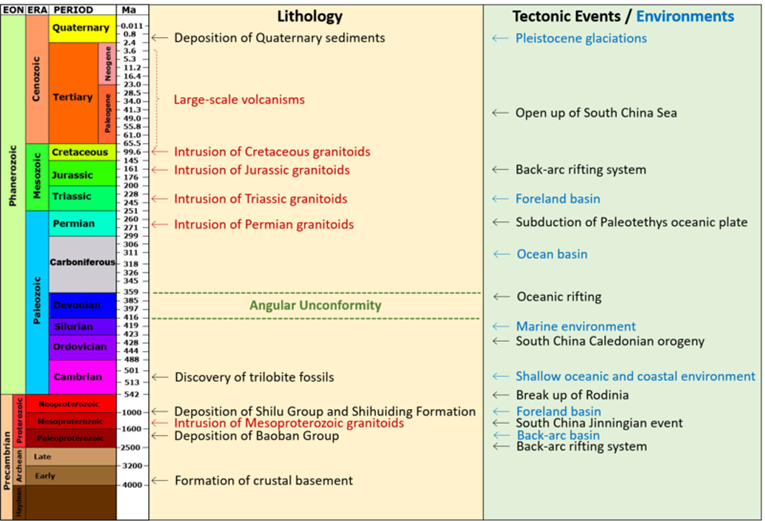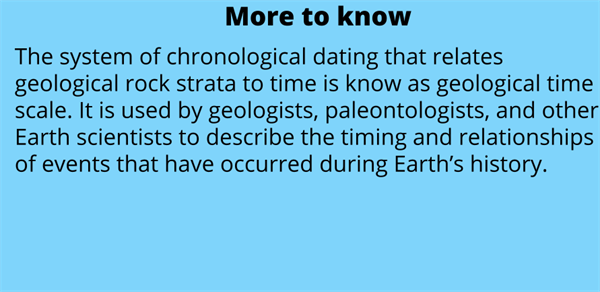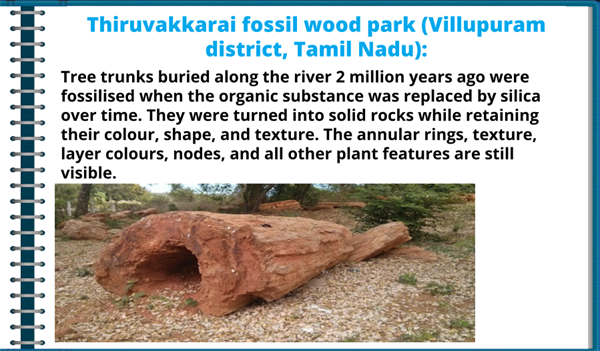
PUMPA - SMART LEARNING
எங்கள் ஆசிரியர்களுடன் 1-ஆன்-1 ஆலோசனை நேரத்தைப் பெறுங்கள். டாப்பர் ஆவதற்கு நாங்கள் பயிற்சி அளிப்போம்
Book Free DemoSo far, we have discussed what fossils, the different types of fossilization are. But how can we know the age of a fossil?
Relative dating and absolute dating are the two main methods for determining the age of a fossil. By comparing a fossil to similar rocks and fossils of known ages, relative dating can estimate its age.
Absolute dating determines the specific age of a fossil by measuring the decay of isotopes within the fossil or, more commonly, the rocks associated with it, using radiometric dating.
Carbon, uranium, lead or potassium are the various radioactive elements present in fossils. Absolute dating is used in palaeobotany and anthropology for determining the age of human fossils and manuscripts. Let us discuss in detail the absolute dating using radioactive carbon.
Carbon, uranium, lead or potassium are the various radioactive elements present in fossils. Absolute dating is used in palaeobotany and anthropology for determining the age of human fossils and manuscripts. Let us discuss in detail the absolute dating using radioactive carbon.
Radioactive carbon dating method:
It is a method that provides the age estimates of living organisms that consume carbon. It was discovered by W.F. Libby \((1956)\). It is based on the fact that cosmic rays interact with atmospheric nitrogen to produce radiocarbon in the Earth's atmosphere on a continuous basis. The resulting reacts with atmospheric oxygen to generate radioactive carbon dioxide, which is absorbed by plants through photosynthesis and consumed by acquired by animals while consuming them.
When these plants and animals die, they stop exchanging carbon with their environment, and after that, the amount of present in them begin to decrease as the undergoes radioactive decay. The time passed since death of a plant or animal can be calculated by measuring the amount of present in their body. The amount of in a sample from a dead plant or animal, such as a piece of wood or a fragment of bone, can be used to compute when the animal or plant died.

Geological time scale


Reference:
https://commons.wikimedia.org/wiki/File:GEOLOGICAL_TIMESCALE_2.png
https://commons.wikimedia.org/wiki/File:Thiruvakkarai_Wood_Fossil_2.jpg